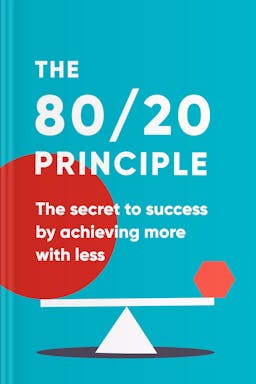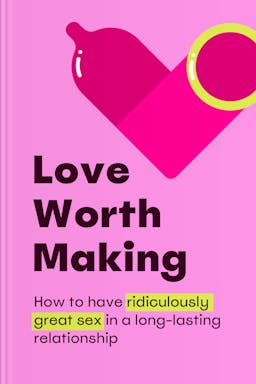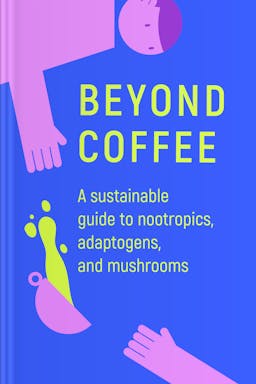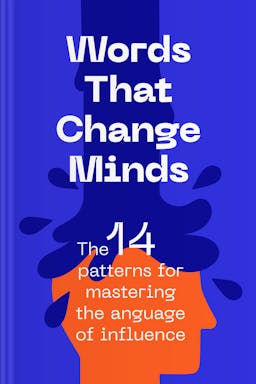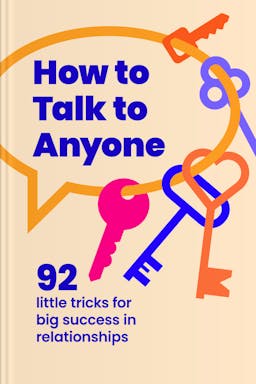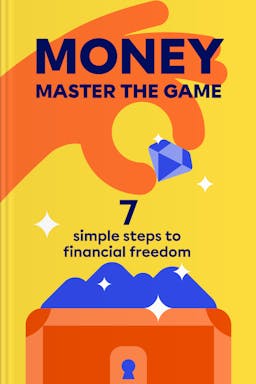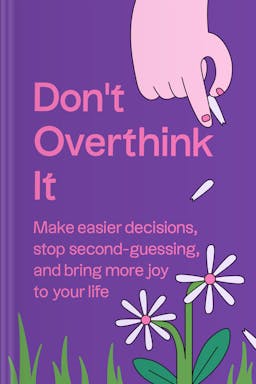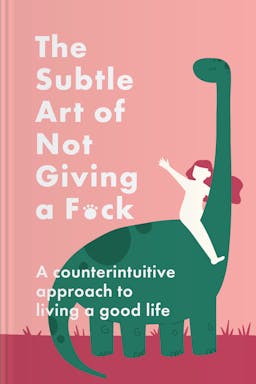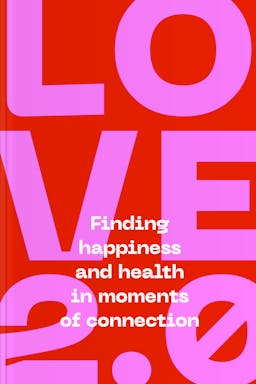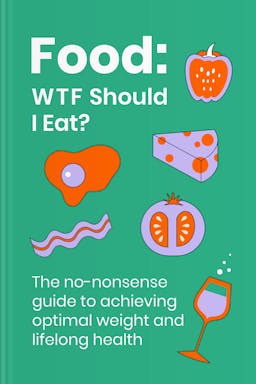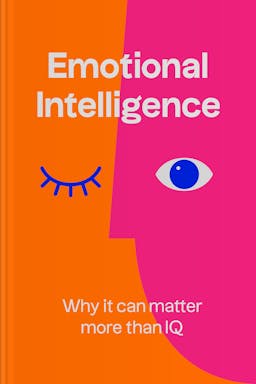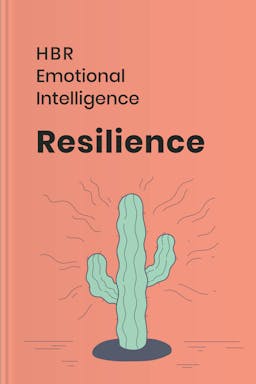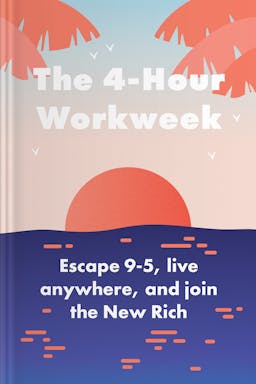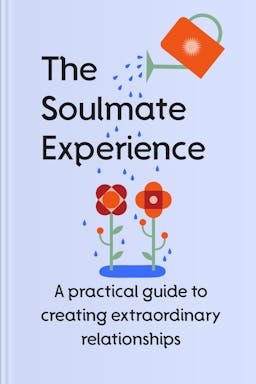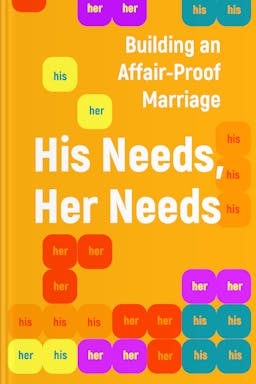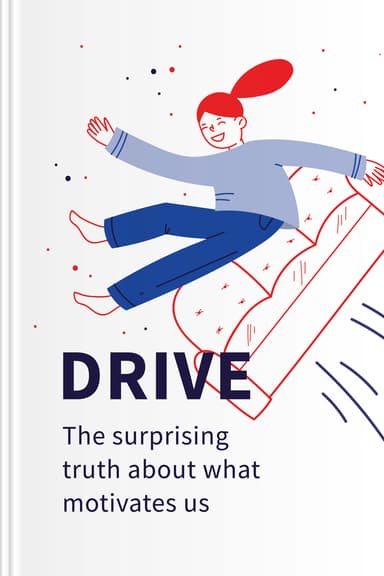
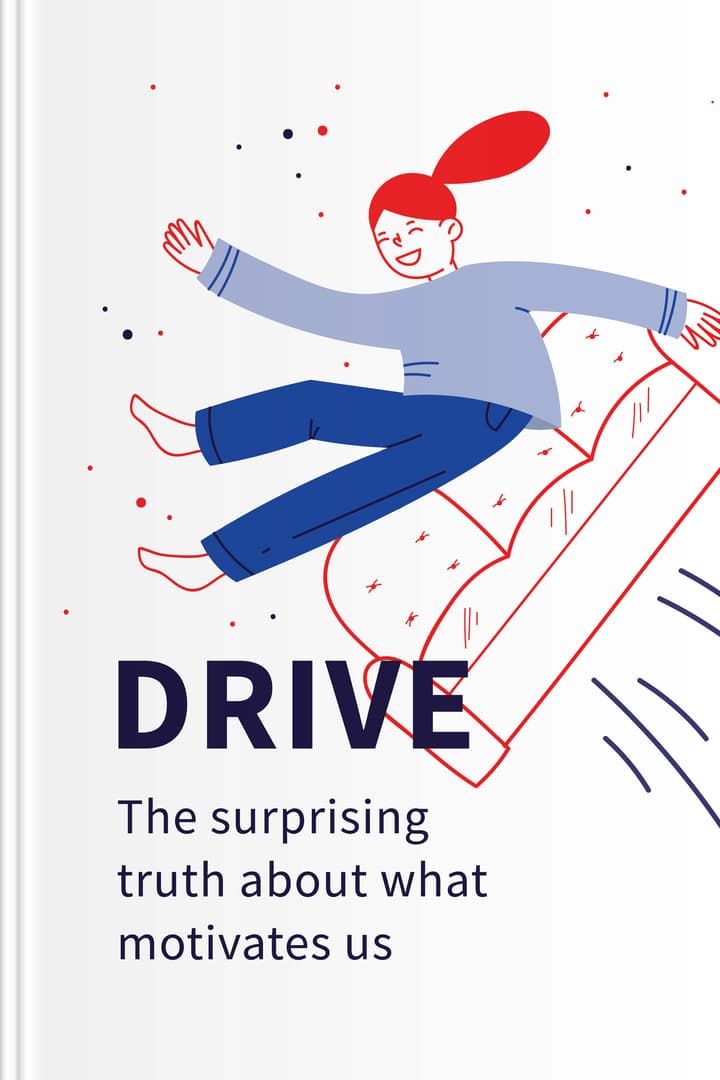
Summary of Drive
Short summary
You’ll learn
- How autonomy fuels innovation
- Why mastery matters more than money
- About the real impact of "Type I" behavior
- Steps to foster ultimate motivation
Table of content
- Summary of Drive
- About the author
- What is Drive about?
- Who should read Drive
- Topics in Drive
Our behavior cannot be fully explained by our need to satisfy our biological cravings or to seek reward and avoid punishment
In a complex society, co-operation became essential for everyone’s security and sanity. The biological drive, Motivation 1.0, was there, but it was constrained by society’s rules and regulations. That way, Mr. A would not end up snatching the food meant for Mr. B and his family. Thus, the need to seek society’s rewards and avoid its punishments also became a driver of our behavior — Motivation 2.0.
Motivation 1.0 ensured we survived in the wild and evolved to live in viable, self-sustaining communities, while Motivation 2.0 brought us unparalleled economic progress engineered by such innovations as the Industrial Revolution and Scientific Management.
Motivation 2.0 is easy to understand, simple to monitor and straightforward to enforce. But as the dotcom bust and the subprime mortgage crisis at the beginning of the 21st-century shows, our society’s complexity is outgrowing it for three reasons.
One, open-source is the way we now organize what we do. Examples abound around us — Wikipedia, with hundreds of millions of regular users; Firefox browser, with 350 million users; Linux operating system, powering 1 out of every 4 corporate servers, and the Apache web server, which powers 52% of all corporation servers.
Two, irrationally is how we now think about what we do. We used to believe we, as economic agents, made rational wealth-maximizing choices every time. That changed in 2002 with the award of the Nobel Prize for Economics to Daniel Kahneman, an American psychologist, for his work in demonstrating that we do not necessarily make wealth-maximizing choices every time we act as economic agents; which is an irrational thing for us to do. That, of course, made us question every assumption Motivation 2.0 was based on.
Three, heuristically is how we now do what we do. Work has become more complex — there are now more jobs that is heuristic or creative in nature than algorithmic or routine; and as a result, more interesting and more self-directed. Motivation 2.0 would work perfectly for algorithmic or routine work but would impair heuristic or creative work.
Heuristic or creative work requires another kind of drive, a third drive, the one Professor of psychology Harry F. Harlow termed ‘intrinsic motivation’ — the need to perform creative work simply for the intellectual fulfillment one gets for doing it. In that context, the rewards and punishments of Motivation 2.0 become totally irrelevant.
Welcome to Motivation 3.0!
Research shows that Motivation 2.0’s rewards and punishments will not result in intended outcomes in the complex world we live in now

Between Type X and Type I behavior, Type I is more desirable
The greater the autonomy we have over our work, the more productive we are at it
Mastery at the work we do results from a state of flow
Our lives, either as corporations or as individuals, have no meaning without purpose
There are simple, everyday tasks you can do to help you achieve a Type I lifestyle
Organizations can create workplaces that allow Type I behavior thrive by creating time outs for “uncommissioned” work
A Type I organization will get its compensation policies right, and then get it out of sight
With a little bit of thoughtfulness, parents and teachers can work together to raise Type I kids
Conclusion
What is Drive about?
Who should read Drive
Topics in Drive


Enjoy summarized nonfiction bestsellers
Grasp the book’s key ideas in less than 15 minutes
Get startedGet new knowledge easily
Let’s check how many titles you can finish in a month with Headway! Tell us how much time you’d like to spend on reading:
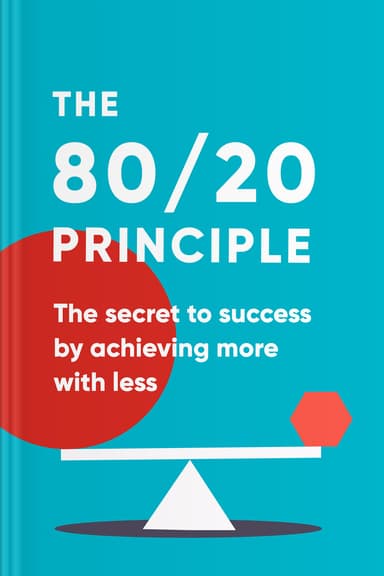
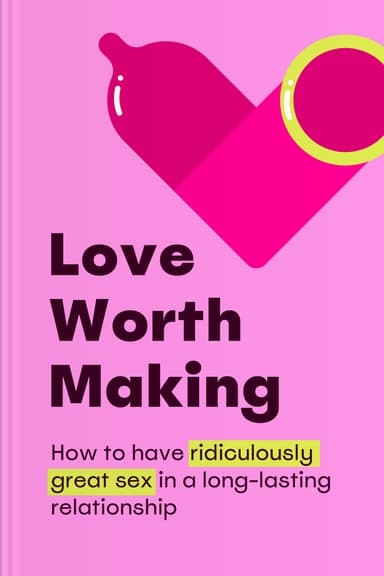
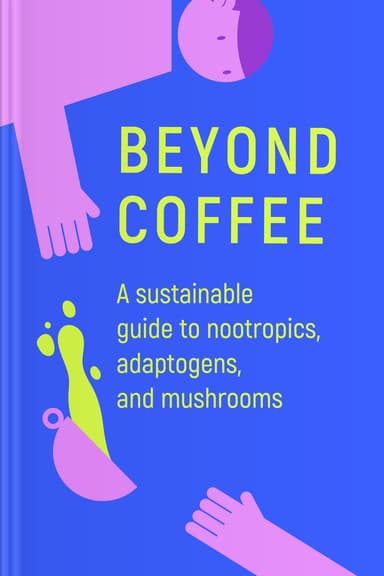
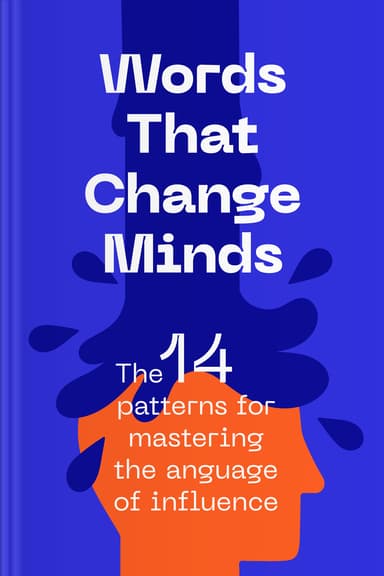
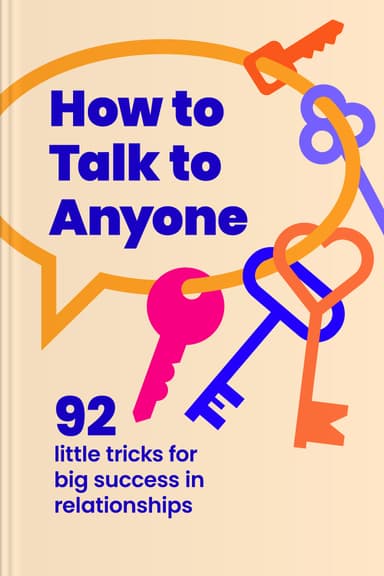
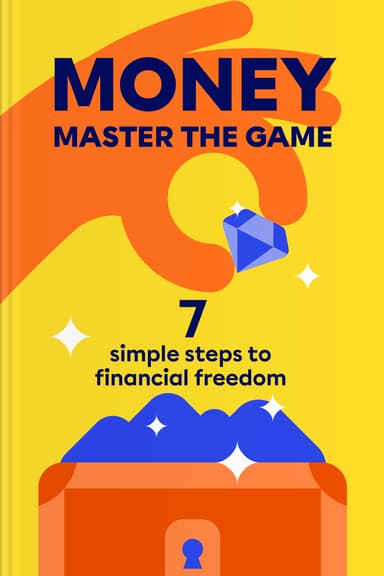
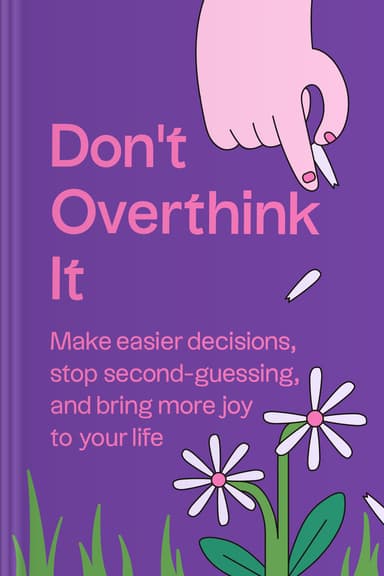
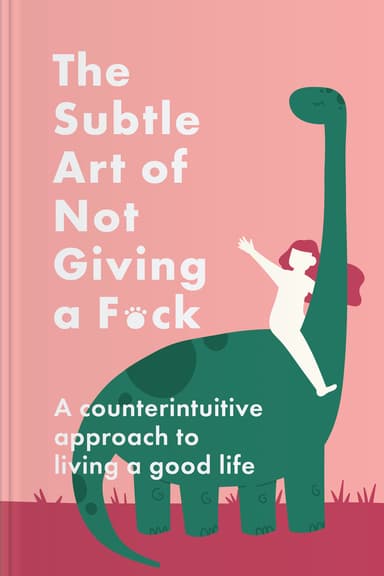
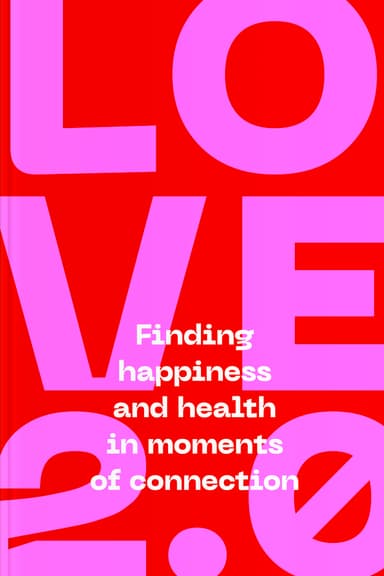
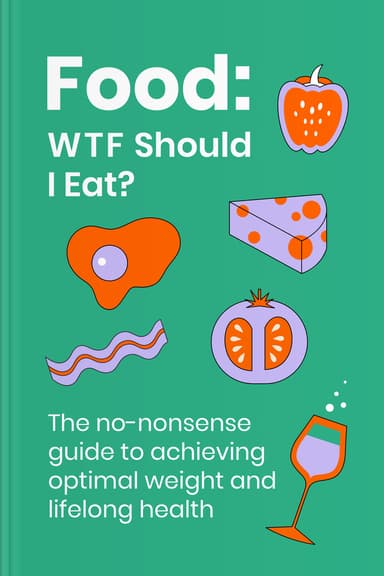
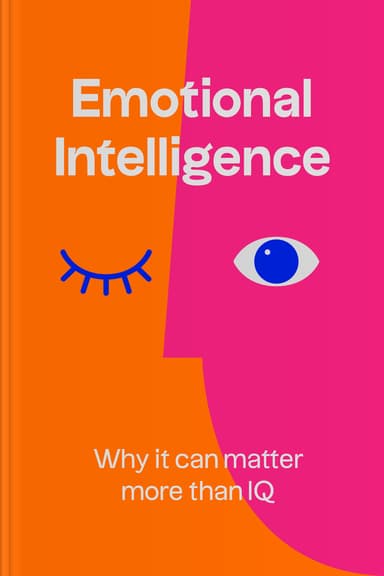
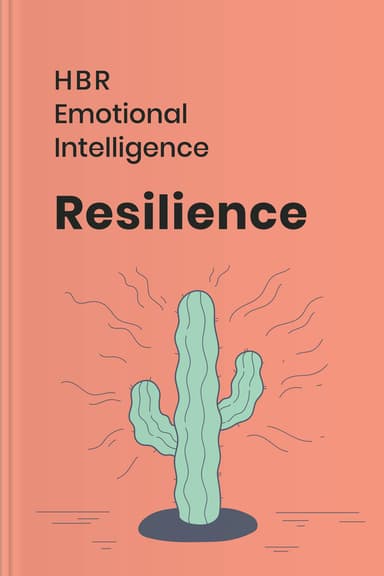
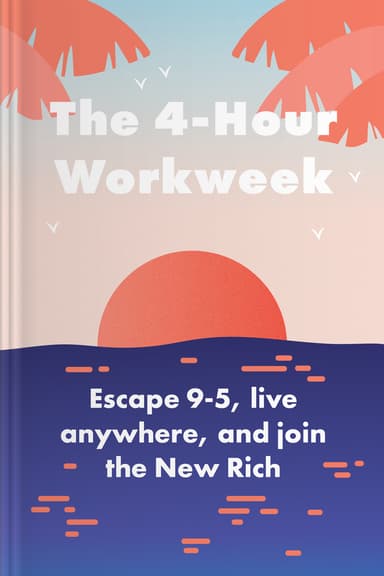
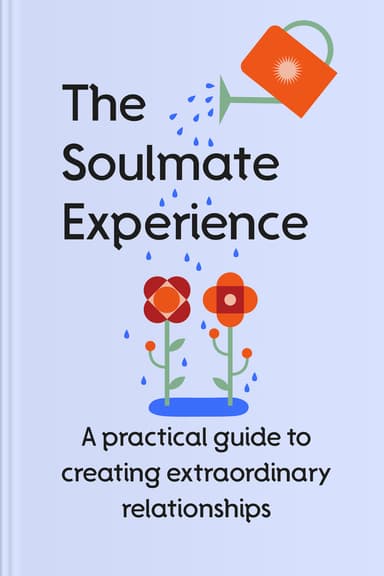

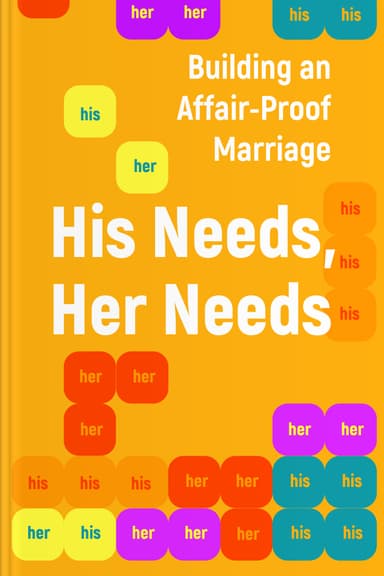
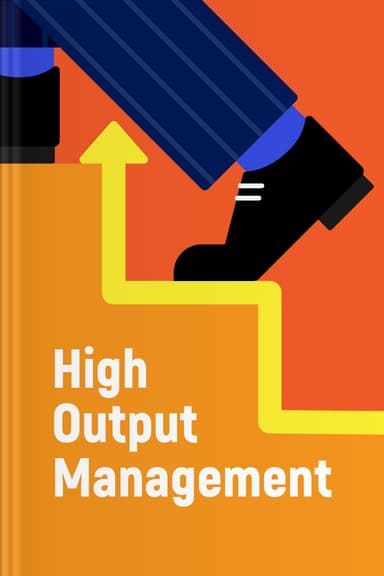
Join 30+ million learners around the world
Everything you need to be motivate, to learn & to self improves is all here. I actually do appreciate the reminders because otherwise this wouldn’t work for me. Thank you
Headway is the answer! No longer accumulating books I never read. With Headway, I initially chose the areas important to me such as productivity, time management, etc., and each day I'm provided several book summaries from which I devote 20 minutes or more each day reading. All of this on my phone! My life has improved with Headway. Truly my most useful app.
An excellent concept, executed well. Headway can help you retain what you've read while introducing you to the essential core of new information. It's an easier way to stay inspired, and to be reminded of the mental tools you've learned
In today’s world, we rarely have time. Between our jobs, our families are social obligations, when do we have time to grow and develop ourselves? Headway is an excellent app that gives you that time it gives you those little snippets of information that you need to direct your focus in on your life. Headway gives you a chance to find out the meat of a book that you might want to purchase and read or listen to in-depth without wasting a lot of time trying to figure out is this book for me? I highly recommend the app.
The selections are on point and the summaries are excellent! I listen while I walk my pup 🐶 and have in turn, ordered a few selections! REALLY loving the app, it’s layout, daily selections and features!
I've gotten multiple books out of the library with the intent to read them, but always have a hard time finding the time. This app has helped me finally be able to get to them. Summarized, yes, and thank goodness too! Just short enough I can finish one on my way picking kids up from school/practice, or while I'm cooking dinner. I can't wait to listen to them over the summer when we visit the beach!
It amazed me! There is the possibility to highlight the most important points of each book and instantly translate unfamiliar vocabulary. With the ability to review the searched words. It's a great way to learn more about English as well. The price is great.
I’m enjoying what I’m learning on headway.each summary comes with quotes at the end which you can save to help you remember key points. You can listen or read, I’ve found that reading puts me to sleep before I can finish but the listening feature keeps me engaged and I can finish in a brief amount of time if not one session.
The app it’s so easy to use. I use it while driving or cooking and is great. I love the fact that the chapters are short, so you can finish them quickly. Very knowledgeable.
The best app for self development.It helps to keep pace with your reading and also suggests the kind of reading material you might like.It is fun as you can switch from reading to listening and vice-versa as per your convenience .Just get started and partake of the treasure of knowledge at your fingertips .I feel lucky to have spotted the app.It has helped me become self-disciplined and much better informed.The audio track is excellent.
Exactly what I need! I always have booklist to read, but can't committed enough to finish/start bc of too much pages. Headway is really helpful and concise with their summary. What I love the most is that the essence of the book is well crafted, so I don't only read the key points, but also there's the story and how personality of the author still well shown through the summary. Well done!
This is outstanding best app ever and honestly whoever came up with is my app is an absolute genius kudos my gratitude definitely goes out and I’m only on my first week free trial and I’m certainly going to purchase this app annually. Now that I have it, I can’t even imagine living without it.












